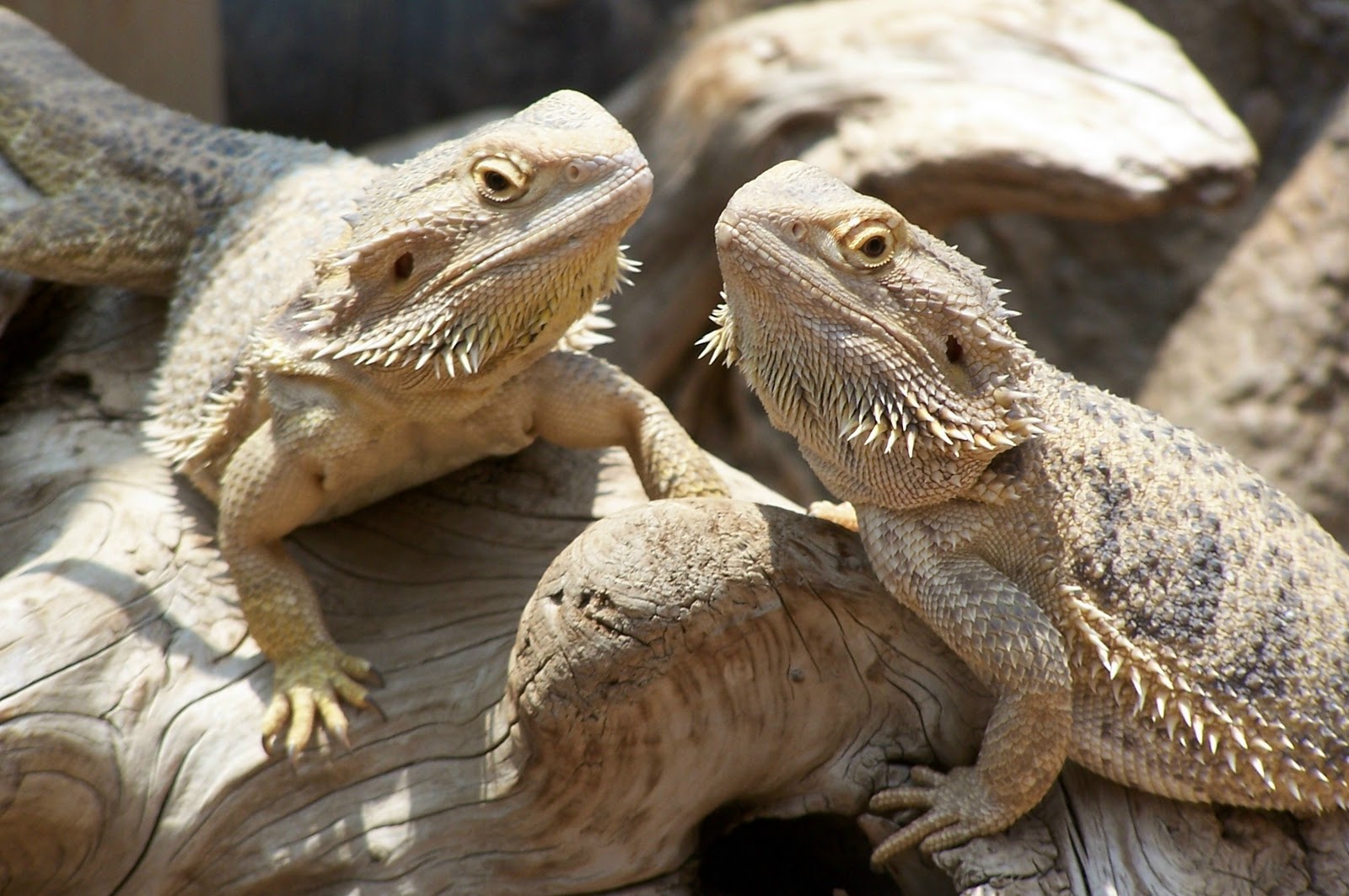The Ultimate Guide to Caring for a Zero Bearded Dragon
The Zero Bearded Dragon: A Comprehensive Care Guide

Are you considering adding a zero bearded dragon to your family? These stunning reptiles are a beautiful addition to any household, but it’s important to know how to care for them properly. In this guide, we’ll cover everything you need to know about zero bearded dragons, from their diet and habitat requirements to their temperament and health needs.
What is a Zero Bearded Dragon?
Zero bearded dragons are a type of color morph of the popular pet reptile, the bearded dragon. They get their name from their lack of pigment or coloration, resulting in a white or cream-colored appearance. Despite their lack of color, they still have the same size and physical features as other bearded dragons.
Habitat Requirements
As with any pet reptile, it’s important to provide your zero bearded dragon with a suitable habitat to ensure their health and happiness. The enclosure should be at least 40 gallons in size for one adult, with an additional 20 gallons per extra adult. A temperature gradient between 100-110°F on the basking side and 75-85°F on the cool side should be maintained with a basking spot of 105-110°F.

- Include a UVB light in the enclosure to provide your zero bearded dragon with essential vitamins and minerals they need
- Provide a hide for the bearded dragon to retreat to when they feel stressed or want privacy
- Use a substrate such as reptile carpet, paper towels, or tile for easy cleaning and to prevent impaction from ingesting loose pieces
- Add branches, rocks, and other decorations to provide enrichment and climbing opportunities for your zero bearded dragon
Diet and Feeding
In the wild, bearded dragons are omnivorous and eat a variety of insects, fruits, and vegetables. As pets, it’s important to provide a balanced diet in captivity. Offer a variety of insects such as crickets, mealworms, and roaches, and vegetables such as collard greens and butternut squash. Dust the insects with calcium and vitamin D3 supplement powder to prevent metabolic bone disease.

- Feed young zero bearded dragons once or twice a day with insects, and gradually lower to once a day for adults
- Offer small amounts of vegetables every day
- Always provide fresh water in a shallow dish
Temperament and Handling
Bearded dragons are known for their docile and friendly nature, and zero bearded dragons are no exception. However, it’s important to give them time to acclimate to their new environment before handling them. Once they are comfortable, they enjoy being held and are generally calm in nature. It’s important to support their whole body and avoid tail pulling or squeezing as they can drop their tails in self-defense.

Health Concerns
Like all reptiles, bearded dragons can be susceptible to health issues if their needs are not met. Common issues include metabolic bone disease, respiratory infections, and parasitic infections. Regular visits to a reptile veterinarian can help detect, prevent, and treat any issues that may arise.
- Monitor your zero bearded dragon’s behavior for any changes in appetite or activity levels
- Perform regular fecal exams to check for parasites
- Maintain optimal temperatures and UVB lighting
Conclusion
Zero bearded dragons are a unique and stunning pet reptile that can bring joy and companionship to any household. By providing proper care, attention, and love, you can ensure your zero bearded dragon lives a long and healthy life. Remember to always do extensive research and speak with a reptile veterinarian before bringing any new pet reptile into your life.

